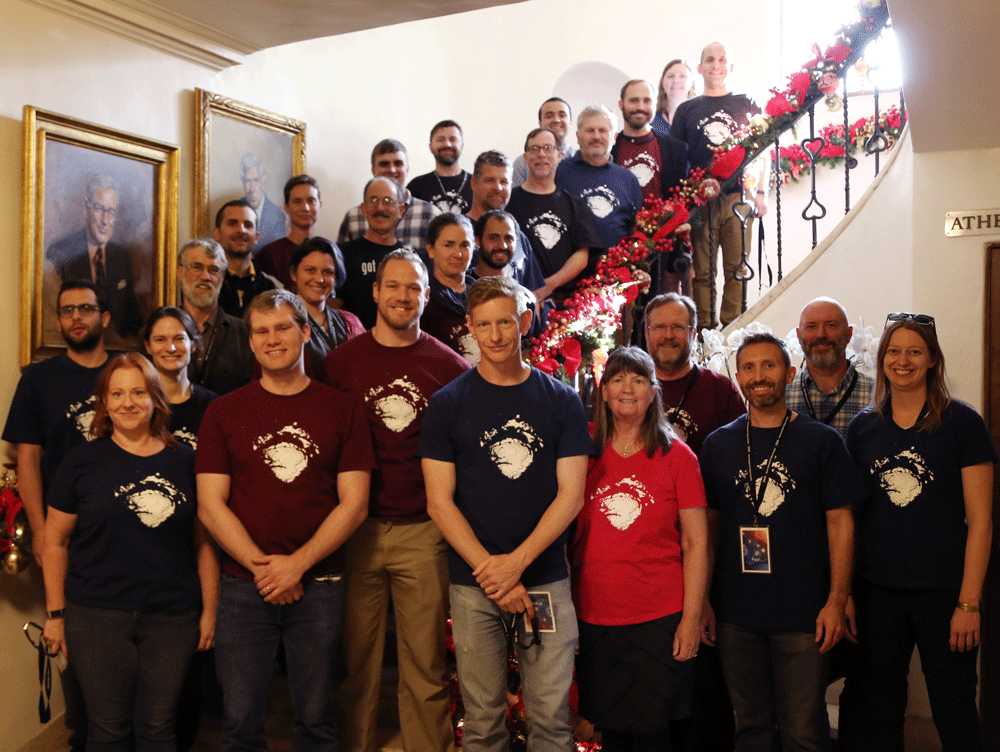First Workshop Summary:
The primary goal of this study is to identify the most effective means of extracting climate signals from the polar layered deposits (PLD) of Mars. In support of this goal, the objectives of the first workshop were to:
- establish the “big picture” science questions in Mars climate science addressed by investigating the PLD
- identify and prioritize measurements to address these questions
- define instruments and/or missions to perform these measurements
Each of these objectives was successfully accomplished. Four major science questions emerged:
- What are the present and past fluxes of volatiles, dust, and energy into and out of the polar regions?
- How does orbital forcing, and exchange with other reservoirs affect those fluxes?
- What chemical and physical processes form and modify layers in the PLD?
- What is the timespan, completeness, and temporal resolution recorded in the PLD?
Workshop participants defined key measurements to address these questions with a range of in-situ and remote sensing techniques. Basic orbiter, lander, and rover mission architectures were envisioned to implement these measurements.
Second Workshop:
This workshop has two major objectives:
- develop viable concepts for orbital and surface implementations of a PLD mission
- identify key technology gaps that could be addressed with near-term and long-term investments
Using the major science questions defined in the first workshop, we will further develop the overall “science story” and top-level objectives of a Mars PLD mission. Participants will then form breakout groups to develop detailed mission concepts for an orbital and surface implementation. Reports from these groups will include prioritized measurements needed to address the science objectives, along with clear “baseline” and “threshold” missions. Key technology gaps will be identified and researched in sufficient detail to provide a roadmap for future development.
























